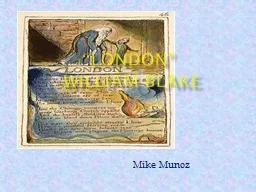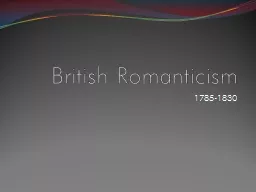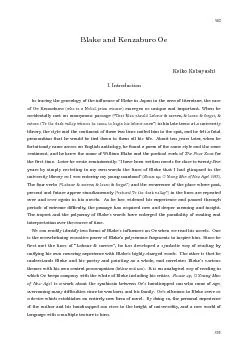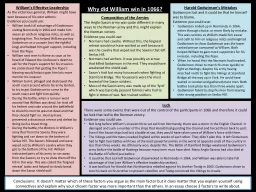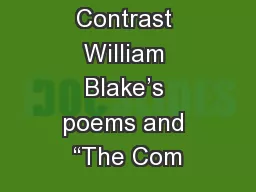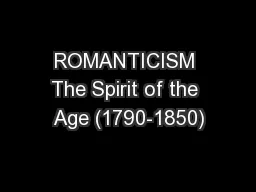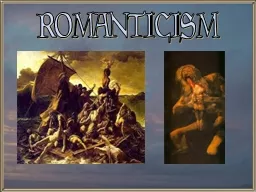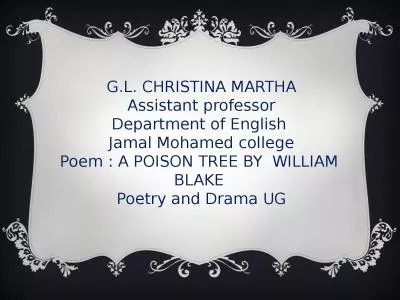PPT-William Blake
Author : kittie-lecroy | Published Date : 2017-07-08
Lesson 12 LQ Can I analyse political allegory and develop my understanding of Blakes poetry Love platonic courtly unrequited godly familial Social Context
Presentation Embed Code
Download Presentation
Download Presentation The PPT/PDF document "William Blake" is the property of its rightful owner. Permission is granted to download and print the materials on this website for personal, non-commercial use only, and to display it on your personal computer provided you do not modify the materials and that you retain all copyright notices contained in the materials. By downloading content from our website, you accept the terms of this agreement.
William Blake: Transcript
Download Rules Of Document
"William Blake"The content belongs to its owner. You may download and print it for personal use, without modification, and keep all copyright notices. By downloading, you agree to these terms.
Related Documents


